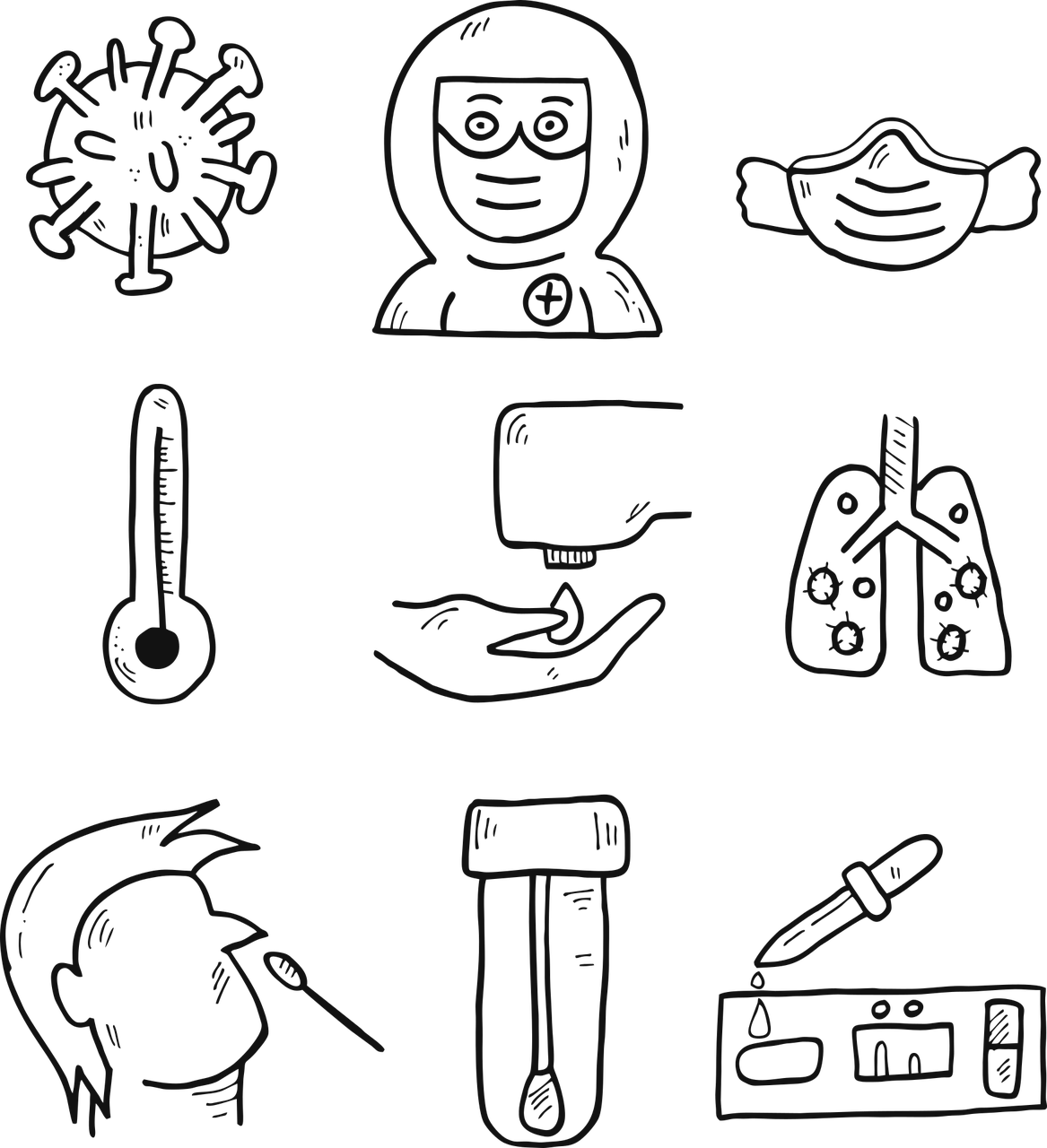Problem Description
Breathing problems have become a common issue in the current global scenario, where wearing masks has become a mandatory part of our daily lives. The problem is not just limited to discomfort or inconvenience; it has far-reaching implications on the overall health and well-being of individuals. The issue is particularly prevalent among those who are required to wear masks for extended periods, such as healthcare workers, retail employees, and public service personnel.
The root cause of these breathing problems can be traced back to several factors. These include the type of mask worn, the duration for which it is worn, pre-existing respiratory conditions, and even psychological factors. The problem is further exacerbated by the fact that most people are not accustomed to wearing masks for long durations and often wear masks that do not fit properly or are not designed for prolonged use.
Impact of Problem
The impact of these breathing problems is far-reaching and multifaceted. Physically, individuals may experience symptoms such as shortness of breath, dizziness, headaches, and fatigue. These symptoms can significantly impair an individual’s ability to perform their daily tasks efficiently and effectively.
Moreover, these physical symptoms can also lead to psychological distress. Anxiety and stress levels can increase due to the constant discomfort and fear of potential health risks. This can lead to a decrease in productivity levels at work and can also negatively impact personal relationships.
In severe cases, prolonged mask usage without proper precautions can lead to serious health conditions such as hypoxia (a condition caused by lack of oxygen) or hypercapnia (a condition caused by excessive carbon dioxide). These conditions can have long-term effects on an individual’s health if not addressed promptly.
Solution
Analysing the root causes of these breathing problems using the 5 Why Model can provide valuable insights into how this problem can be mitigated. The 5 Why Model is a simple but effective tool for getting to the root cause of a problem. By asking ‘why’ five times, we can peel away the layers of symptoms and get to the core of the problem.
For instance, if an individual is experiencing shortness of breath while wearing a mask, we can ask:
1. Why is the individual experiencing shortness of breath? Because they are wearing a mask for an extended period.
2. Why are they wearing the mask for an extended period? Because their job requires it.
3. Why does their job require it? Because they work in a high-risk environment.
4. Why do they work in a high-risk environment? Because they are a healthcare worker.
5. Why are healthcare workers required to wear masks for extended periods? To protect themselves and others from potential infection.
By understanding these root causes, we can then develop targeted solutions to address them. For instance, providing healthcare workers with masks designed for prolonged use, implementing regular breaks to allow them to remove their masks safely, or providing training on proper mask usage and breathing techniques.
Conclusion and What to do next:
In conclusion, while wearing masks is crucial in our fight against global health threats, it is equally important to address the breathing problems associated with prolonged mask usage. By using tools like the 5 Why Model to analyse the root causes of these problems, we can develop effective strategies to mitigate their impact.
The next step would be to implement these strategies and monitor their effectiveness regularly. It is also important to educate individuals about the importance of choosing the right type of mask, wearing it correctly, and taking regular breaks when possible. By doing so, we can ensure that we protect ourselves and others without compromising our own health and well-being.
